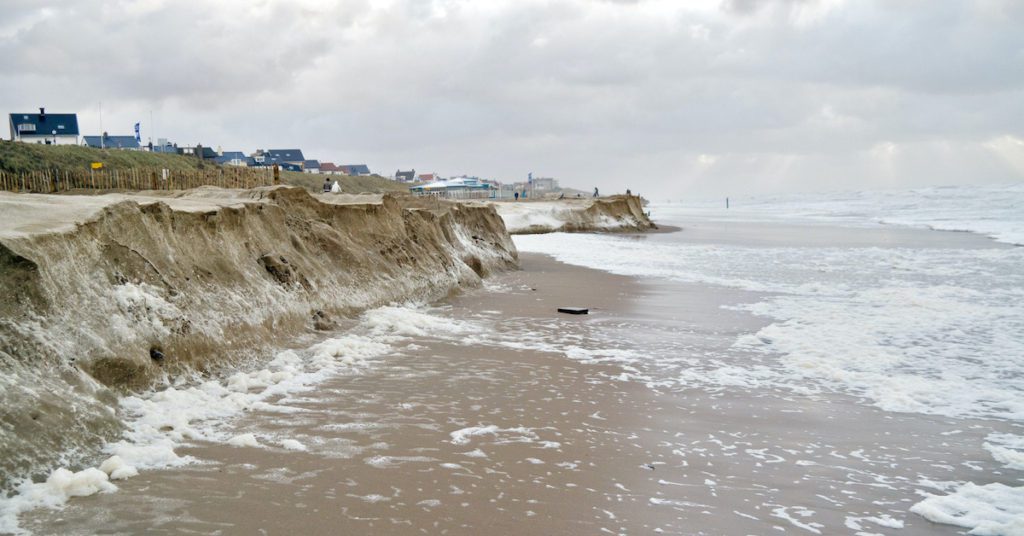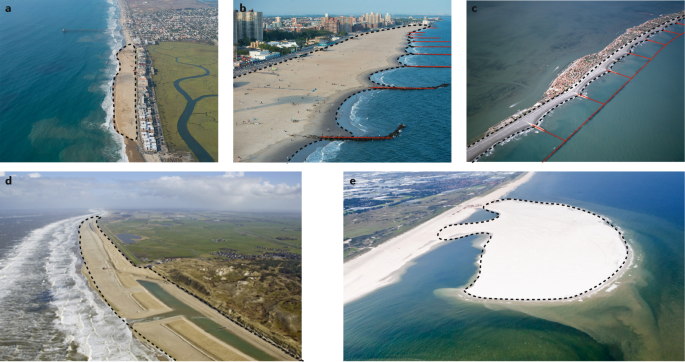Some Known Details About Shore Protect Team
Table of ContentsUnknown Facts About Shore Protect TeamSome Of Shore Protect TeamShore Protect Team Can Be Fun For AnyoneWhat Does Shore Protect Team Mean?What Does Shore Protect Team Do?Not known Facts About Shore Protect TeamAn Unbiased View of Shore Protect Team
Decrease in property worth: As the location tourist is impacted by disintegration, so then is the economic situation. Purchasers are much less likely to search for a coastline residence that might be damaged anytime by the approaching flooding and disintegration emergency situation. Subsequently, residential or commercial property value can go down tremendously and affect the whole region.Whether a coastline is simply small and congested or needs to close completely for the safety of the ecological community and nearby residential or commercial properties, this greatly impacts tourist. Subsequently, regional economies are affected (https://www.bing-directory.com/Shore-Protect-Team_424366.html). Risk of injury: The raised danger of flooding and structural failings causes a raised danger of injury to nearby vacationers and area members

Shoreline stablizing is directly associated to their task. Beachfront hotels: Since coastline erosion impacts tourist, it affects the success of waterfront resorts.
Getting The Shore Protect Team To Work
This eventually leads to closures and abandoned beachfront residential or commercial properties. Coastal commercial businesses: No tourists means no company. For those services accommodating residents, their property is at risk of damages from disintegration and flooding. Coastal state parks: State parks that exist along coastlines go to risk of damage. Not only to the manmade frameworks and residential or commercial properties on website, yet additionally to the all-natural communities that exist within.
Soft stabilization is a better service for the atmosphere and even more sustainable overall. Difficult stablizing makes use of manufactured structures as security to control disintegration. Usually, these frameworks are mounted at appropriate angles or alongside stop sand activity and minimize the pressure of waves. Most types of tough stabilization like seawalls and sheet steel are not optimal for coastline stabilization.
Getting My Shore Protect Team To Work
There's likewise inadequate proof of their effectiveness depending upon the kind of coastline and neighborhood problems. Tough stablizing methods have a tendency to be a lot more tough to set up and don't match the natural visual, standing out like a sore thumb and harming local ecological communities in many situations. Coastline nutrition is the procedure of including lost sand and sediment back to beaches after disintegration has occurred.
TrapBags help in the process of coastline nourishment by shielding natural ecological communities and permitting plants to expand. While this process can be expensive and is not long-term, the pros often tend to exceed the disadvantages. TrapBag obstacles offer many properties that make them ideal for seaside and shore erosion defense. They're: Eco-friendly: You can use indigenous dirt both to border and to fill up the TrapBags.

Shore Protect Team Fundamentals Explained
They can also be mounted without any hefty machinery. Inexpensive: TrapBags are excellent for both tiny and huge locations of coastline.
The appropriate seawall layout depends on location-specific aspects, consisting of bordering erosion procedures. There are 3 primary kinds of seawalls: vertical, rounded, tipped, and piles (see table listed below). A report published by the United Nations Setting Programme (UNEP) recommends that the tsunami of 26 December 2004 caused much less damages in the areas where all-natural obstacles were existing, such as mangroves, coral reefs or seaside plants.
All-natural barriers, such as coral reefs and mangrove woodlands, protect against the spread of tsunamis and the circulation of seaside waters and minimized the flood and rise of water. A cost-benefit technique is a reliable way to identify whether a seawall is proper and whether the benefits are worth the expense.
Getting The Shore Protect Team To Work
A seawall is a static attribute which can contrast with the dynamic nature of the coast and restrain the exchange of debris in between land and sea. The table listed below summarizes some favorable and negative impacts of seawalls which can be utilized when contrasting their efficiency with other seaside monitoring options, such as coastline nourishment. [] Benefits and downsides of seawalls according to Short (1999) Advantages Disadvantages Lengthy term solution in contrast to soft beach nourishment.

This can trigger coastlines to dissipate, rendering them worthless for beach goers. Generally, seawalls can be a successful means to regulate coastal erosion, however just if they are constructed well and out of materials that can stand up to the force of ongoing wave power. Some understanding is required of the coastal processes and morphodynamics particular to the seawall area.
An Unbiased View of Shore Protect Team
The suitable seawall layout relies on location-specific facets, including bordering disintegration procedures. There are three main kinds of seawalls: upright, curved, stepped, and mounds (see table listed below).
All-natural obstacles, such as coral reefs and mangrove woodlands, protect against the spread of tsunamis and the circulation of coastal waters and mitigated the flood and surge of water. A cost-benefit approach is an efficient means to determine whether a seawall is suitable and whether the benefits deserve the cost.
The 30-Second Trick For Shore Protect Team
A seawall is a fixed feature which can contravene the vibrant nature of the shore and hamper the exchange of debris between land and sea. The table listed below sums up some favorable and negative impacts of seawalls which can be utilized when contrasting their performance with various other coastal administration choices, such as beach sustenance. [] Benefits and drawbacks of seawalls according to Short (1999) Benefits Downsides Long-term solution in contrast to soft beach nutrients. bulkhead maintenance.

This can cause coastlines to dissipate, providing them pointless for coastline goers. Typically, seawalls can be a successful method to control coastal erosion, yet just if they are created well and out of materials that can endure the pressure of continuous wave energy. Some understanding is needed of the coastal processes and morphodynamics certain to the seawall area.